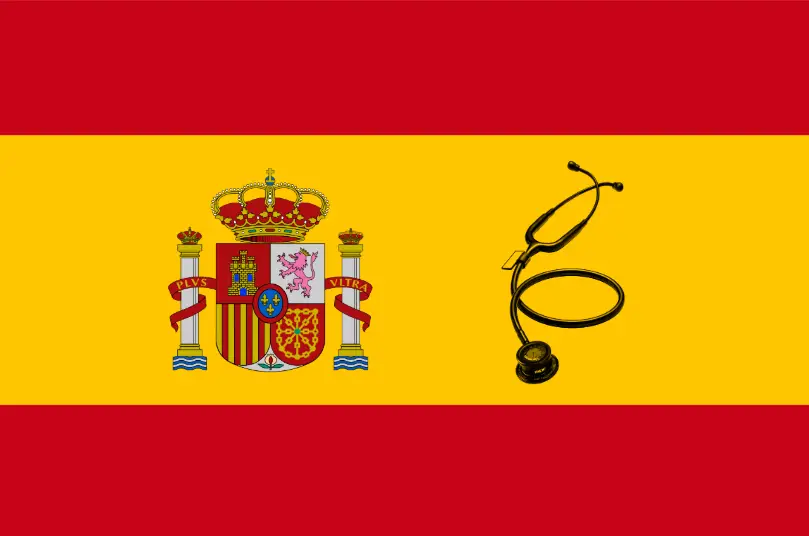
Healthcare in Spain
Whether you’re using the public or private system, healthcare in Spain is generally excellent. For those going private, the premiums are usually very affordable, too, particularly in comparison to the USA.
On this Page
Healthcare in Spain, Public or Private?
You can get public healthcare in the following situations:
- You are employed or self employed and making monthly contributions to the Spanish social security system
- You have lived in Spain for over a year and apply to make monthly payments to the public health system via a convenio especial with your regional health authority.
- Your home country has agreed to reimburse the Spanish health system for your treatment, usually via an S1 form that you completed in your home country prior to leaving (this may also be the case, for example, if you draw a UK state pension).
- You are a protected person that receives Spanish public healthcare even if you don’t have your papers in order (pregnant women, children, and some other categories).
- You are just visiting and have an EHIC card
In all other cases, you will need to pay for private healthcare. If you are applying for a residency visa, you will need private health insurance that meets certain requirements (ie it provides the same coverage as the public health system).
Healthcare in Spain: Public
If you qualify for public healthcare in Spain, you will need to apply for the health card issued by the region where you live (which is valid all over Spain). To get this, you first need a social security number. If you’re employed in Spain, your employer will probably do this for you. If not, you will need to do the following to get your social security number:
How to get the social security number?
To get the número de afiliación a la seguridad social, you need:
- Your passport
- Your Certificado de registro (AKA ‘green NIE’) or TIE
- Your certificado de empadronamiento
- A completed TA.1 form
This can either be done online (if you have a certificado digital) or in person at your nearest TGSS office.
To do it online with a certificado digital, go here
If you want to go in person, you can find your nearest office here
To get your region’s health card you will need:
- your social security number
- your passport
- your certificado de registro AKA ‘green NIE’ (in the case of EFTA citizens), or TIE (non EFTA citizens)
- your certificado de empadronamiento (which shows where you live).
Then, you apply in person at your local health centre. If you’re not sure where that is, Google ‘Centro de Atención Primaria’ and then the name of your location.
Paying for public healthcare via the convenio especial:
The special agreement (conveno especial) is a form of access to public health care benefits through a monthly payment .
WHO CAN REQUEST IT
Those people who:
- Do not qualify for public healthcare
- Have been resident in Spain for a continuous period of at least one year immediately prior to the date of the request for the special agreement.
- Are registered (certificado de empadronamiento) in the location in which they live.
MONTHLY FEE
Signing the agreement entails paying a monthly fee to the regional government. It is usually more for those over 65 years old (around €150) than for those under 65 (around €60). The benefit of paying this is that pre existing conditions are usually covered, in the same way as they are for other users of the public health system
How to find out more: Google ‘solicitar convenio especial salud‘ and then your region, eg Andalucia
Healthcare in Spain: Private
Note that for some visa purposes, you will need to ensure that your private healthcare provides the same coverage as the public system, or it will not be valid for visa approval purposes.
More articles that may be of interest:
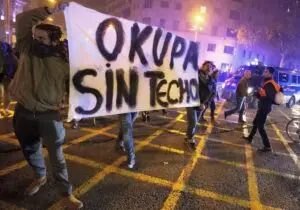
The dreaded okupas/ squatters in Spain: The end in sight?
The end for Squatters in Spain? Nov-24 A new amendment to the law regarding squatters

Residency in Spain for EU citizens: our easy to follow guide
Residency in Spain for EU Citizens If you are an EU or EFTA citizen, you

Move to Spain -practical information to help make your move to beautiful Spain easy
Move to Spain If you’re thinking about a move to Spain, there’s quite a lot
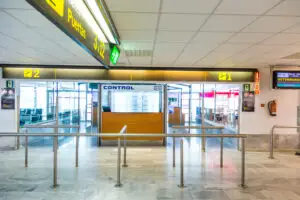
Visit Spain – all the information you need for an easy stay in this beautiful country
Visit Spain Use this page to guide you to the information you need On this
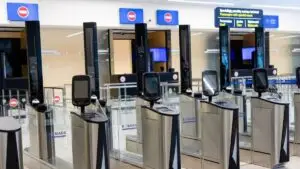
EES Spain: Our easy to follow guide
EES Spain If you are wondering what the EES system is and how it will
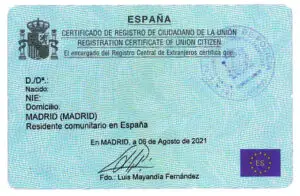
How to get the green NIE (Certificado de Registro) An easy to follow guide
Get your ‘Green NIE’ (Certificado de Registro) The Certificado de Registro de Ciudadano de la
Share this page
